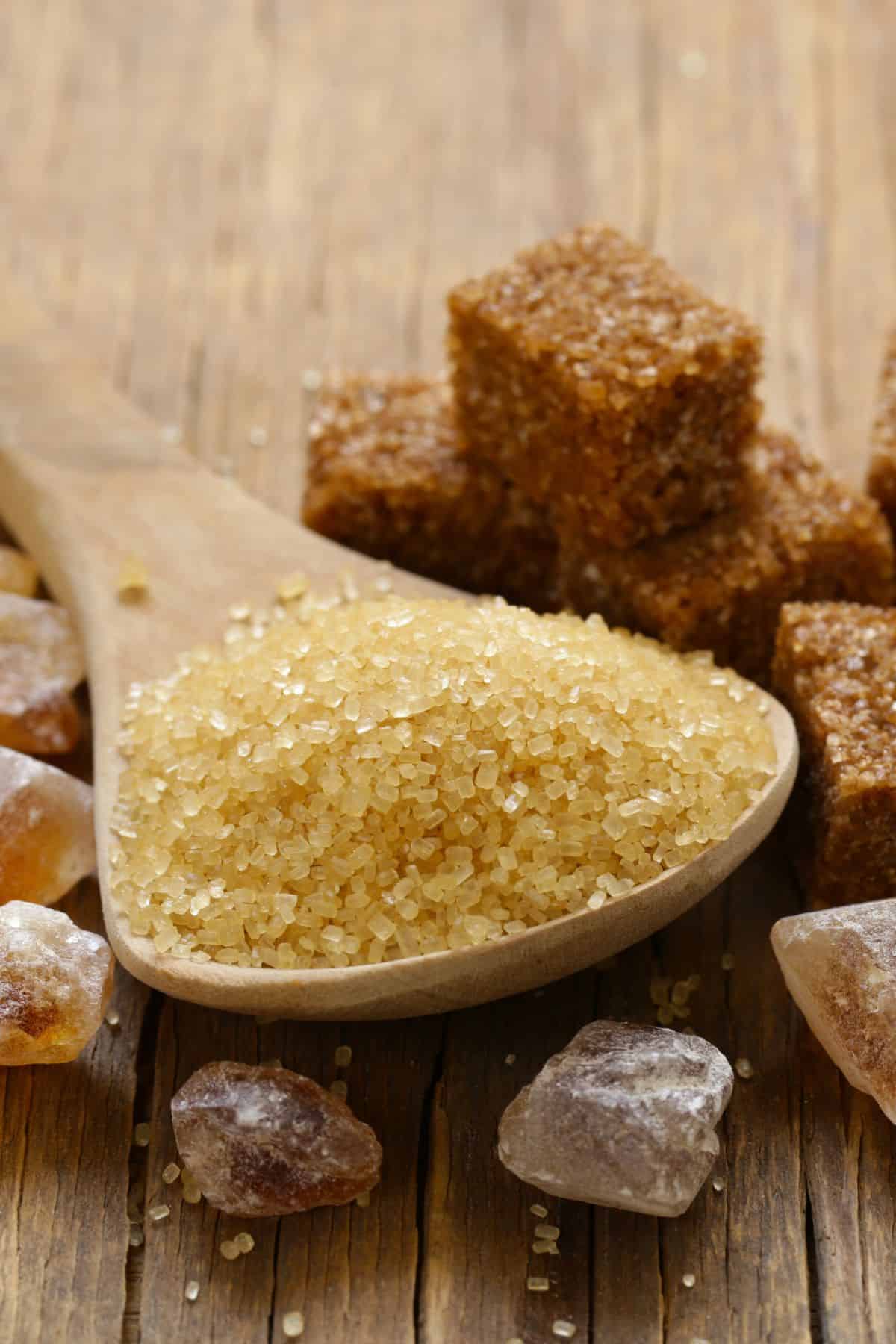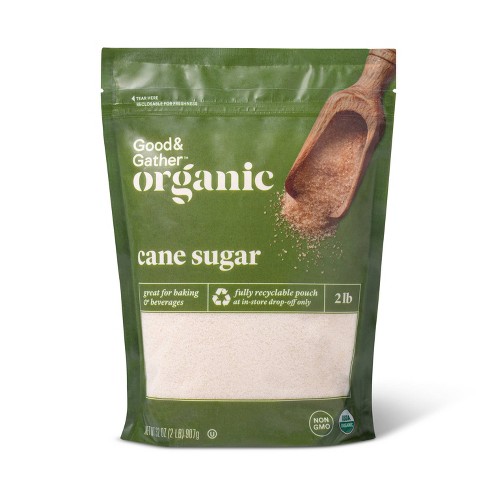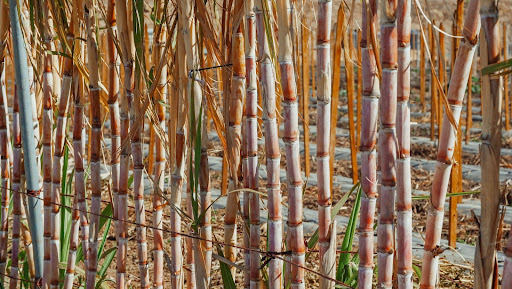Cane Sugar Processing: Trick Technologies for Superior Sugar Manufacturing
Checking Out the Comprehensive Steps Associated With Walking Stick Sugar Processing From Collecting to Improvement
The procedure of walking stick sugar production includes a collection of intricate actions, starting with the cautious harvesting of sugarcane and finishing in the refinement stages that make sure the end product fulfills sector criteria. Each phase, from the removal of juice to the filtration and condensation processes, plays an important role in figuring out the top quality and personality of the sugar. Understanding these phases not only highlights the complexity of sugar production yet likewise increases essential concerns concerning efficiency, sustainability, and innovation in the industry. What effects do these factors have for future practices?
Gathering Sugarcane
Harvesting sugarcane is an important step in the walking cane sugar handling chain, as it straight influences the high quality and return of the final product. Appropriate timing and techniques are crucial throughout this phase to guarantee ideal sugar web content and minimize losses. Typically, sugarcane is gathered when it reaches maturity, typically 12 to 18 months after planting, defined by a high sucrose concentration.

Post-harvest, the sugarcane has to be processed swiftly to avoid sucrose deterioration. Preferably, harvested walking cane ought to be delivered to refining facilities within 1 day to preserve sugar top quality. Consequently, efficient logistical planning is essential to preserve the integrity of the collected plant throughout the supply chain.
Extraction Refine

The smashed walking cane goes through a series of pushing procedures to take full advantage of juice healing. Normally, hot water is sprayed onto the crushed cane, developing a countercurrent circulation that assists liquify the sugar while additionally assisting in the extraction process. The juice collected from this procedure consists of not just sugar however likewise various natural compounds and impurities.

To boost extraction effectiveness, some centers may utilize diffusion techniques, where the sugarcane is saturated in warm water, allowing the soluble sugars to diffuse into the liquid. The resulting juice, rich in sucrose, is then guided to subsequent handling phases, laying the structure for filtration and improvement. The removal procedure is therefore crucial in identifying the high quality and return of the final sugar product.
Purification Methods
The filtration methods utilized in walking stick sugar handling are essential for transforming the raw juice into a top notch sugar item. These techniques mainly aim to remove impurities, such as soil, plant materials, and not natural materials, which can negatively impact the end product's flavor and shade.
This process includes adding lime and warmth to the raw juice, which helps with the coagulation of impurities. In addition, the use of phosphoric acid can enhance the clarification procedure by further binding contaminations.
One more significant strategy is carbonatation, where carbon dioxide is introduced to the cleared up juice. This reaction generates calcium carbonate, which captures continuing to be pollutants and promotes their elimination.
Additionally, turned on carbon treatment might be put on adsorb any continuing to be colorants and organic contaminations, making sure a more refined item. The mix of these methods properly prepares the sugar juice for subsequent steps in the refining procedure, setting the phase for the production of premium cane sugar.
Formation Methods
After the purification stage, the next essential action in walking stick sugar handling involves condensation approaches, which play an essential duty in transforming the cleared up juice right into solid sugar. This process generally utilizes 2 primary methods: spontaneous condensation and regulated crystallization.
In spontaneous formation, supersaturated sugar solutions are allowed to cool down normally, bring about the formation of sugar crystals gradually. This method is simpler however might cause uneven crystal sizes and lower pureness degrees. On the other hand, regulated condensation is a more precise method where seeding, temperature level, and focus agents are carefully handled. This technique enables the uniform growth of sugar crystals and higher purity.
Throughout crystallization, the cleared up juice is concentrated with evaporation, increasing its sugar content till it reaches supersaturation. When this point is achieved, either approach can promote the condensation process. Cane Sugar Processing. The resultant sugar crystals are after that divided from the staying syrup through centrifugation
Ultimately, the selection of formation technique impacts the quality, dimension, and purity of the final sugar item, making this action necessary in the overall walking cane sugar processing treatment.
Refinement and Product Packaging
Just how can the pureness and high quality of walking stick sugar be further boosted after condensation? The refinement procedure plays a critical role in achieving high-quality walking stick sugar. Complying with condensation, sugar undergoes a comprehensive cleaning to eliminate impurities and recurring molasses. This is generally achieved using cozy water or steam, which assists liquify and draw out undesirable elements while maintaining the sugar crystals.
Following, the sugar is subjected to a basics process called centrifugation, where it is rotated at broadband to separate the detoxified sugar crystals from the remaining liquid. After centrifugation, the sugar is usually further fine-tuned via a method called carbonization or phosphatation, which uses activated carbon or phosphoric acid to eliminate color and off-flavors.
As soon as improved, the sugar is dried to achieve the preferred dampness web content, ensuring that it stays secure during storage and transport. The last step involves product packaging the refined sugar in moisture-proof and closed containers to keep its quality and stop contamination. Cane Sugar Processing. Correct product packaging not just expands life span but additionally facilitates simple handling and distribution, making sure about his that customers get sugar that satisfies the greatest criteria of pureness and top quality
Verdict
The extensive actions involved in cane sugar processing, from the precise harvesting of sugarcane to the elaborate refinement and packaging stages, highlight the value of each phase in making certain top quality sugar manufacturing. Optimum harvesting techniques, efficient removal approaches, and strenuous purification procedures jointly add to the end product's purity and security. The formation and succeeding product packaging methods further enhance the honesty and service life of the sugar, highlighting the complexity and precision intrinsic in this essential farming market.
The process of cane sugar manufacturing incorporates a collection of complex steps, starting with the cautious harvesting of sugarcane and culminating in the improvement stages that guarantee the last item meets sector criteria. Ideally, harvested cane needs to be moved to refining facilities within 24 hours to maintain sugar quality.In spontaneous formation, supersaturated sugar services are enabled to cool down normally, leading to the formation of sugar crystals over time - Cane Sugar Processing. The refinement process plays a vital function in achieving high-quality walking stick sugar.The comprehensive actions entailed in cane sugar handling, from the Check This Out precise harvesting of sugarcane to the detailed refinement and packaging phases, highlight the relevance of each phase in making certain premium sugar manufacturing